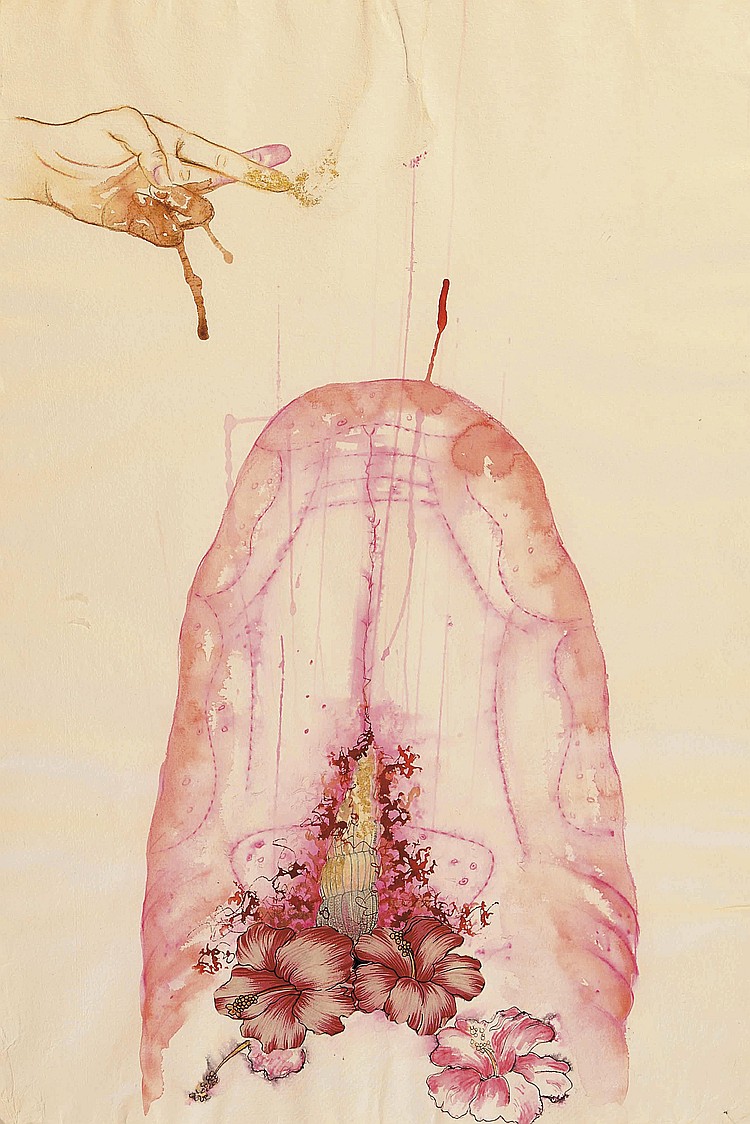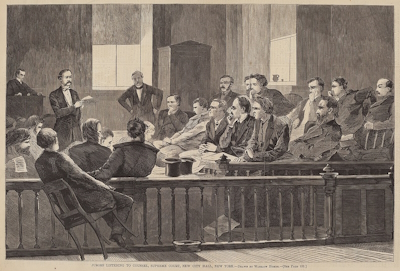by David J. Lobina

So, what is the role and place of Bustan Qaraaqa within the community they are based in? What connections have they made there? What volunteering, if any, have they promoted in other farms, or in general in the West Bank? And what is their place within the worldwide permaculture network, and of course, to begin with, within the occupation of the Palestinian territories?
In last month’s entry, part of another series of articles of mine, though this time there is only two pieces, I framed the discussion in terms of the conflicts an international volunteer has to face when undertaking an activity, or indeed, an activism, in a place such as Palestine. One important conflict immediately arises, in fact, and this has to do with the realisation of the possible and very serious repercussions that one’s action may have on the native population, perhaps slightly counter-intuitively for some volunteers – they are there to be there to help by definition, are they not?
More often than not, as a matter of fact, a volunteer will be based overseas for a limited amount of time, and they will eventually return to the safety of their own country. The sort of activism that many carry out in Palestine, however, such as marching, attempts to stop demolitions and evictions, etc., whilst constituting cases that might indeed derive into serious consequences for the volunteer (police or army beatings, even gassing, sometimes arrest followed by criminal charges, and typically deportation), often pale in comparison with the repercussions for the population one is trying to assist.
It is doubtless the case that the Palestinians are particularly aware of this, and even though they do sometimes choose to encourage the participation of foreign volunteers anyway – their presence may limit the actions of the occupying forces, at least for the time they are there – this is not a choice that is taken lightly. Volunteering in a permaculture farm, with the aim to create a more sustainable and independent scenario, may appear to be world away from the more direct action activism I have just described, but some of the choices one faces in this case are not exempt of the clash between goals and visions that concerns me here, as we shall see. Read more »






 Today marks eight years since I had my last drink. Or maybe yesterday marks that anniversary; I’m not sure. It was that kind of last drink. The kind of last drink that ends with the memory of concrete coming up to meet your head like a pillow, of red and blue lights reflected off the early morning pavement on the bridge near your house, the only sound cricket buzz in the dewy August hours before dawn. The kind of last drink that isn’t necessarily so different from the drink before it, but made only truly exemplary by the fact that there was never a drink after it (at least so far, God willing). My sobriety – as a choice, an identity, a life-raft – is something that those closest to me are aware of, and certainly any reader of my essays will note references to having quit drinking, especially if they’re similarly afflicted and are able to discern the liquor-soaked bread-crumbs that I sprinkle throughout my prose. But I’ve consciously avoided personalizing sobriety too much, out of fear of being a recovery writer, or of having to speak on behalf of a shockingly misunderstood group of people (there is cowardice in that position). Mostly, however, my relative silence is because we tribe of reformed dipsomaniacs are a superstitious lot, and if anything, that’s what keeps me from emphatically declaring my sobriety as such.
Today marks eight years since I had my last drink. Or maybe yesterday marks that anniversary; I’m not sure. It was that kind of last drink. The kind of last drink that ends with the memory of concrete coming up to meet your head like a pillow, of red and blue lights reflected off the early morning pavement on the bridge near your house, the only sound cricket buzz in the dewy August hours before dawn. The kind of last drink that isn’t necessarily so different from the drink before it, but made only truly exemplary by the fact that there was never a drink after it (at least so far, God willing). My sobriety – as a choice, an identity, a life-raft – is something that those closest to me are aware of, and certainly any reader of my essays will note references to having quit drinking, especially if they’re similarly afflicted and are able to discern the liquor-soaked bread-crumbs that I sprinkle throughout my prose. But I’ve consciously avoided personalizing sobriety too much, out of fear of being a recovery writer, or of having to speak on behalf of a shockingly misunderstood group of people (there is cowardice in that position). Mostly, however, my relative silence is because we tribe of reformed dipsomaniacs are a superstitious lot, and if anything, that’s what keeps me from emphatically declaring my sobriety as such.






 Jesus Rafael de Soto. Penetrable, at Olana State Historical Site, New York.
Jesus Rafael de Soto. Penetrable, at Olana State Historical Site, New York.

